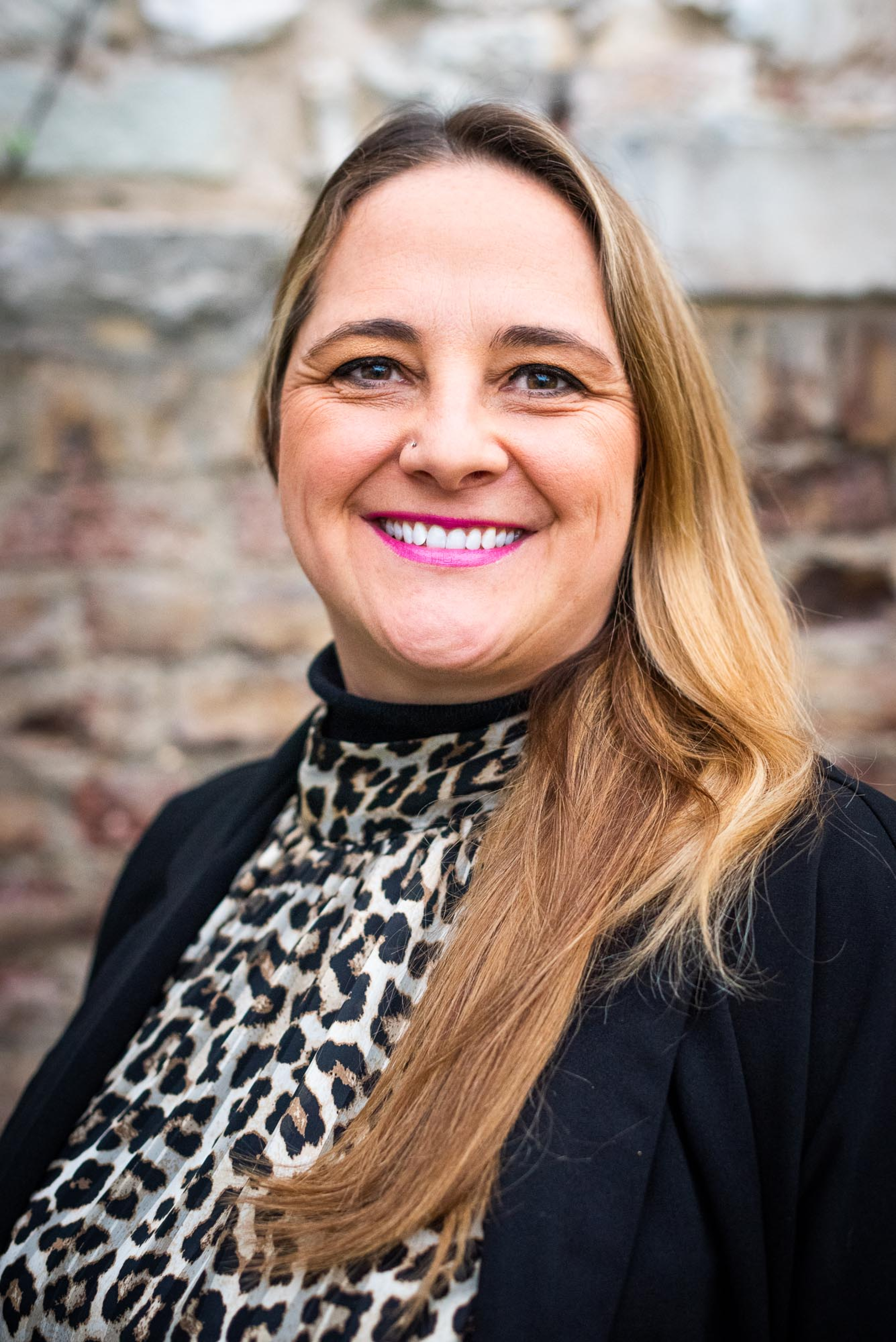The following is the transcript of Vic Barlow’s speech at our Understanding People event, which took place on Wednesday 8 March 2023. The full recording is at the bottom of the page.
My career, like Becky’s, started out in journalism. On local newspapers, my patches covered Central and then West London and, because I was covering large London boroughs, I had some corkers of stories ranging from Princess Diana’s funeral to the Victoria Climbie case, from Dame Shirley Porter’s trial to the Mardi Gra bomber, a disgruntled Sainsburys and Barclays customer.
My typical stories, however, covered residents’ concerns like the extension of parking zones, contentious planning applications, over-crowded council housing. And, on a more joyous note, I was briefly the religious news correspondent for the Ealing Gazette.
Even with this range of stories, no matter what I was covering, there was always one guiding principle - know your audience.
When I worked on the local press, we had one key audience – the readers who were at the sharp end of other people’s decisions or failures. Now through working with charities, unions, third and public sector bodies, I’m still championing the people at the sharp end.
While a lot of our work aims to reach those people, the members, service users, clients, there’s also work around engaging other types of audiences – the ones we want to convince to make our people’s lives better.
These audiences are the organisations and people with power - to fund us, contract with us, give access to services, change working conditions, regulations, legislation. And these are also the organisations and people with influence - to convince those with power to make decisions in our favour.
Most of you will have successful relationships with those who hold power and influence and you’re quite comfortable with who knows who, who’s your go-to person, who meets your need. These relationships should be nurtured and strengthened.
At the same time, though, I would caution that comfort means, at best, we miss out on opportunities to make new friends and, at worst, we risk coming unstuck should there be a change of circumstances which we’ve not predicted or prepared for.
So how can we check our current position is working and plan ahead to manage change?
Let me tell you about one public policy organisation I help. Their comms objectives are to let more people know about their evidence, share their methodology, and raise their profile. So, with the senior leadership team, we’ve been creating audience maps. Colleagues have really engaged with the work. We now have a long list of everyone they currently know and some they’d like to get to know.
We need to get to a more manageable number, and we’re exploring the level of power and influence each audience holds, so we can spot who is most important to target. We’re also looking to see how engaged each audience is, and we’ve given them a warmth score. The next stage of our comms work will focus on the high importance groups who are currently not warm.
Let me digress a little here, to share a tale familiar to many comms professionals. During these exercises, we often have conversations about how to engage my favourite audiences – the hardest to reach, the most difficult to please – The Guardian and the Today programme!
Now there’s two things I must say as a former journo and now a comms consultant. Firstly, the media, whether The Guardian, Today or any other, are influencers, with considerable clout for sure, but they do not hold power. So, when you’re thinking about which media to target, think first about where your audiences find their news, who they trust, who influences their decisions, and then craft your media strategy around engaging those outlets.
There’s no point getting the front page of The Guardian if your audiences only read The Telegraph.
Secondly, investing in relationships with the media is most definitely worth the time should your audiences be influenced by column inches. But, as we’ll consider later, you need to understand what motivates each outlet, what’s their angle on an issue, and whether you have the content, or indeed values, to meet their needs.
And so back to your audience mapping. As we found with the public policy organisation, these mapping exercises, done well, should overwhelm your flipchart or Miro board with names of organisations and people you want to engage. I ran the same exercise with a special school with a Jewish ethos, who want to share their unique approach to creating and running their school with a wide range of community, national and international audiences. Our mapping exercise ranged from parents to local schools and teachers; from local councils to the SEND and wider education and youth sector; from the local Jewish community to the Office of the Chief Rabbi and beyond.
It was our importance and warmth exercise, though, that really helped focus which audiences merit the school’s limited comms time. We’re about to revisit the original mapping to see, firstly, how we’ve shifted our relationships from cold to warm and, secondly, which new friends should now sit on the grid, as the school’s profile is rising.
Thinking about winning new friends, recently we’ve been asking our clients, let’s imagine if your target audiences suddenly weren’t there. What’s your strategy for identifying and replacing a significant client or a major donor? Or finding a route to the policy and law makers so your organisations continue to thrive? Do these audiences exist elsewhere in your grid? Do you need to make sure you’re researching beyond your usual suspects to find new friends?
Over the past 12 years, many of us will have worked closely with the current government on funding, contracts, lobbying and negotiating. Most of us will have developed acceptable if not comfortable relationships. Should the pollsters be believed, though, there could well be a Labour government in the next couple of years, or at least a significantly reduced Tory majority.
So, what does this mean for our audience mapping now? Well, it means it’s time to start making new friends in the Labour Party, and indeed any parties who might change the balance of power in local councils should you rely on them.
Again where to start?
You’ve already done a lot of work identifying your current audience, so now ask yourself, which organisations and people might change after an election? And who might take their place?
Who might be the incoming Secretary of State or in the ministerial team? Which think tanks, research bodies or unions might be advising on emerging policy? Who’s getting coverage in the media, and which media? And, once you’ve identified your new friends, what on earth are you going to say to them?
Now let’s go back to my local newspaper days.
Back then, we listened to our readers and what problems they wanted airing and we wrote our stories from their point of view. Once I left journalism and moved into comms for trade unions, telling people’s stories was the bedrock of organising, the means of creating a sense of ‘us’ through which we recruited and retained members, engaged them in union activity and took their authentic voice to decision-makers.
I spent a good decade of my career running the Association of Teachers and Lecturers comms team, persuading education staff to join our union, as we were one of many in the sector. We found our USP, created our offer, and spoke to members about the issues they cared about. I did, however, spend the final years of employment persuading those same members that, actually, amalgamating with the NUT was a good idea and would they mind ignoring all previous messaging to the contrary?
Shifting members’ hearts and minds started with a significant amount of research into the issues causing concern, finding widely and deeply felt experiences which would be the hook for getting members engaged before we offered the solution of creating a new union, which emerged as the National Education Union.
So we can see that after asking who are your audiences, the next question to ask is what are your audiences thinking? Later you’ll hear from Becky about how self-interest underpins most people’s motivations – they’re not really interested in your amazing offer, they’re far too worried about what’s keeping them awake at night.
And thinking back to Labour, right now they're figuring out how they’re going to grow the economy, sort clean energy, save the NHS, tackle crime, and reform childcare and education, so your opportunity is around how to help solve those problems.
Digging around into your audiences’ motivations to understand what they think means we can frame what we have to offer in a way that solves their problems or meets their particular interests. We need to make them feel we’re the right organisation to meet their needs. And we need to give them something to do to start that conversation with us.
Recently I worked with a health organisation who want to share their knowledge and expertise from their programmes with a wider client base. We ran the audience mapping exercise and, after several attempts, reduced the list from everyone in health and the BBC, to a manageable list of target groups. Then we started the motivation mapping.
It was hard to shift colleagues’ mindset from ‘why wouldn’t they want our programme, it’s ace’ to ‘they have other things to think about than our stuff, what's on their mind, how can our programmes help?’. That shift in perspective from ‘we have something you need’ to ‘you have a need, we understand, we can help’ will always anchor your comms messaging.
Over the past couple of years, I’ve been working with a charity which helps people with rare diseases and their families. The charity champions: excellent support; world class clinical care; and effective treatments. As part of their audience motivation work, the charity wanted a series of ‘positions’ around the problems their members face and the charity’s solutions. We ran workshops with a cross-section of the charity’s staff, members with lived experience and the Board to dig deep into what life is currently like for members and what life could be like should the charity’s vision come to fruition.
We used stories to explain the human experience, backed up with stats, facts and figures, making sure we pulled at both heart and purse strings. Once we agreed our positions, we identified who could make the difference for charity’s members and started our audience mapping.
One outcome for the charity is that they now have a document which pulls together their over-arching position, which can be drawn upon again and again. Another outcome is that colleagues had the chance to share their interpretation of, and contribution to, the charity’s work and come to a common understanding of their shared endeavour.
Without doubt, it takes time to map out your audiences to understand their motivations and frame your solution but it’s these early stages of insight which will make the difference to your success. Later Joe will tell us about how he helped one charity completely upend their target donors thanks to careful insight and the bravery to try something new.
My challenge is to you: how well is your organisation doing when it comes to winning friends and influencing the right people? And, probably more importantly, how well do you know your potential audiences and their motivations?





